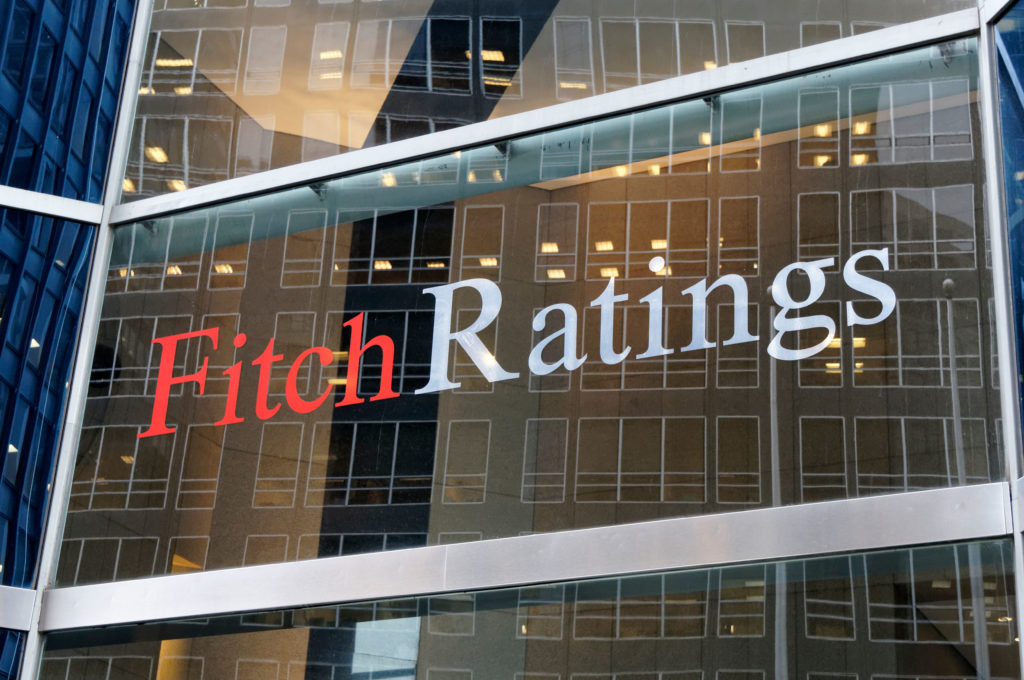TASHKENT
Fitch Ratings has affirmed Uzbekistan’s Enter Engineering PTE. Ltd.’s (EE) long-term Issuer Default Rating (IDR) at ‘B+’, and withdrawn the IDR. The company’s senior unsecured rating of ‘B+(EXP)’ has also been withdrawn. The rating outlook at the time of the withdrawal was Stable.
Founded in 2012, EE is one of the most dynamic companies in Central Asia and Russia’s oil and gas and industrial construction market. It implements major construction and modernisation projects in the oil and gas, chemical, energy and civil engineering industries.
Fitch said it had has withdrawn the IDR for commercial purposes and the senior unsecured rating as the notes issue is no longer expected to proceed.
EE operates in a single country, Uzbekistan, which limits customer and contract diversification due to the size of the economy. The number of projects and customers is therefore limited, a large proportion of which are government-owned entities. This project and customer concentration imply significant risk to the company from any payment or execution failures. Nevertheless, EE is a clear leader in the local market, which slightly mitigates the concertation risk.
“We nonetheless view it as a key constraint on the company’s business profile,” Fitch said in a report.
EE has continued to grow its backlog, as it further strengthens its local presence. The backlog of ongoing projects has grown to $4.9 billion and represented more than 5.0x book-to-bill of 2020 revenues, from $4.4 billion in 2019. This provides EE with good visibility of revenues and future cash flows and also compares well with its much larger international peers, Fitch said.
EE has around $2 billion of further projects in the pipeline, which have not yet been officially signed, but have a high chance of approval. This will further improve its local leadership position and provide some contract diversification.
Fitch said that the company’s working capital had been volatile, which was a direct result of EE’s limited project diversification.
“We forecast significant working-capital outflow in 2021 to complete ongoing projects for which advance payments were received in 2019,” the agency said.
However, Fitch forecast working capital to reverse in 2022, as EE was due to receive payments for completed projects and advances for recently signed ones.
“Expansion of the project portfolio should limit the volatility of working capital, which remains one of the main risk factors of its financial profile,” it said.
Fitch viewed EE’s financial profile as solid, benefitting from lower leverage for its rating and limited EBITDA-margin volatility.
“Leverage metrics are strong and we expect funds from operations gross leverage to remain comfortably below 3.0x in 2022-2024, which is in line with the ‘BB’ rating median,” the agency said.
“Fitch forecasts an increase in gross leverage in 2021 to over 5.0x, due to cash outflows required for ongoing projects. Our forecast of a reversal in working capital in 2022 should allow leverage to reduce.”

